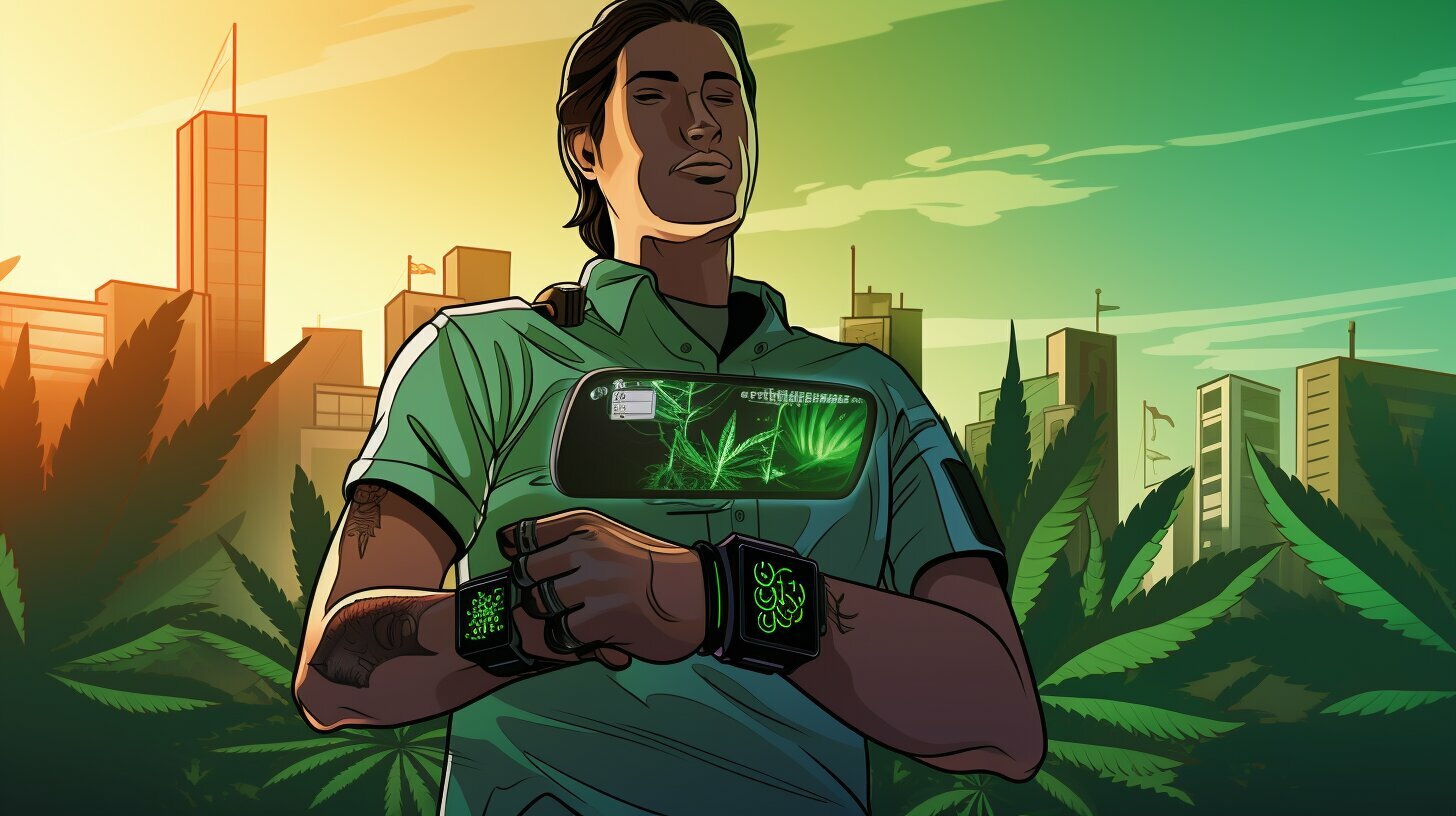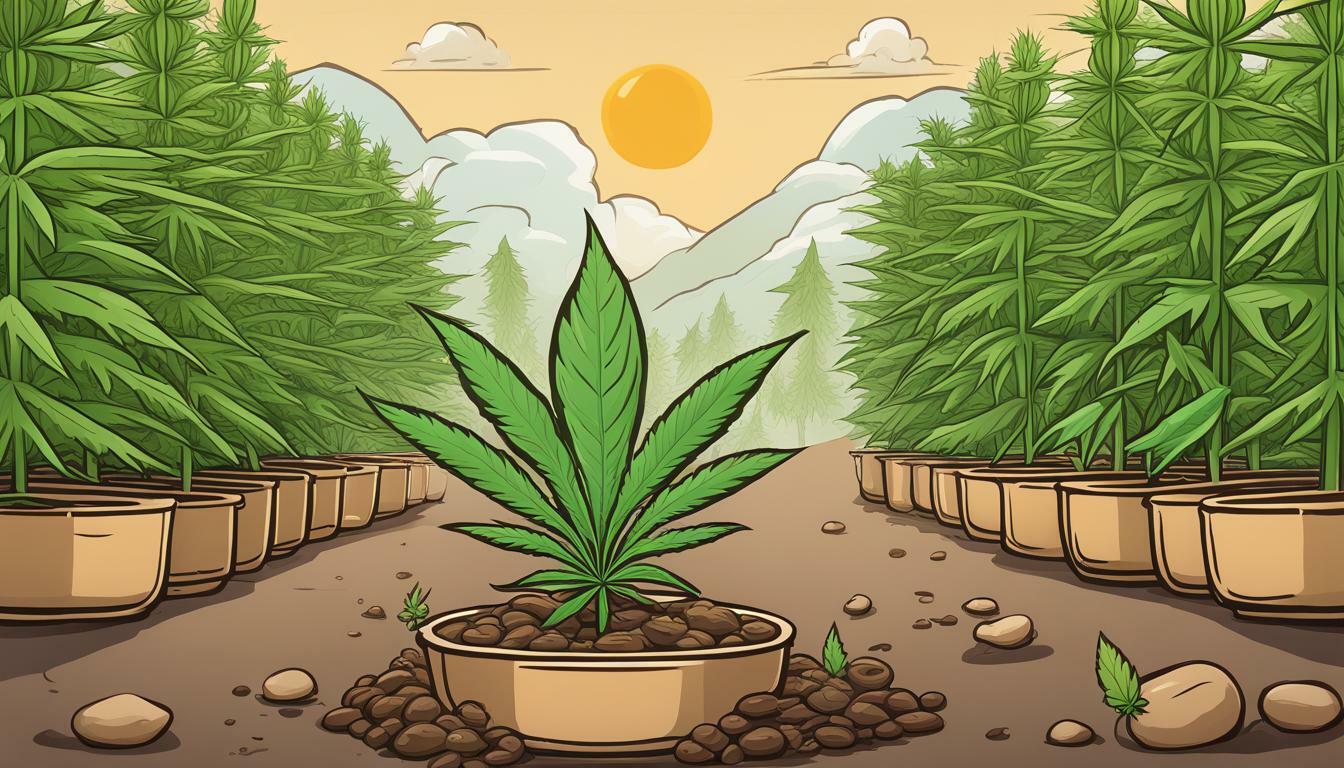
Cannabis and Wearable Tech: Monitoring Consumption and Effects in Real-Time
In today’s society, the responsible use of cannabis is becoming increasingly important. With the recent legalization of cannabis in many

The cannabis industry is booming, and as cultivators continue to refine their growing techniques, a better understanding of the light spectrum and its impact on cannabis growth has become increasingly important. For optimal growth and yield, it is crucial to consider the various aspects of the light spectrum, as it can significantly influence plant development, potency, and overall health. In this article, we will delve into the importance of the light spectrum, and how adjusting it can optimize cannabis cultivation.
In order to fully comprehend the impact of the light spectrum on cannabis growth, we must first understand photosynthesis. Photosynthesis is the process by which plants convert light energy into chemical energy to fuel their growth. Different wavelengths of light, which are represented by various colors, affect this process differently.
The light spectrum is generally divided into three main categories: blue, green, and red. Blue light (400-500 nm) is important for vegetative growth, as it helps in the development of strong stems and leaves. Green light (500-600 nm) plays a minor role in photosynthesis, but can improve the overall efficiency of the process. Red light (600-700 nm) is crucial for the flowering stage, as it stimulates the production of essential oils, terpenes, and cannabinoids.
Aside from the light spectrum itself, the intensity and duration of light exposure play critical roles in cannabis growth. Light intensity refers to the amount of light received by the plants, and is measured in photosynthetic photon flux density (PPFD). Higher PPFD values correspond to a greater number of photons, leading to increased photosynthesis and growth rates.
The duration of light exposure, or photoperiod, is also crucial in determining the growth stages of cannabis plants. Generally, an 18-hour photoperiod is recommended for the vegetative stage, while a 12-hour photoperiod is ideal for the flowering stage. Adjusting these durations can help growers control the timing of plant growth and development.
As a large cannabis manufacturer, it’s essential to adopt the most efficient lighting technology available. LED (light-emitting diode) lights have become the industry standard for their energy efficiency, long life span, and ability to fine-tune the light spectrum.
LED lights can be adjusted to emit specific wavelengths, allowing growers to create an ideal light environment tailored to the needs of their cannabis plants. By using LED lights, cultivators can maximize the benefits of blue light during the vegetative stage and red light during the flowering stage. This results in stronger, healthier plants with higher yields and more potent cannabinoid profiles.
Understanding the light spectrum and its impact on cannabis growth is essential for optimizing cultivation practices. By adjusting the spectrum, intensity, and duration of light exposure, growers can fine-tune their operations to achieve maximum yields and potency. As the cannabis industry continues to evolve, harnessing the power of the light spectrum will undoubtedly play a pivotal role in the success of large-scale cannabis manufacturers.

In today’s society, the responsible use of cannabis is becoming increasingly important. With the recent legalization of cannabis in many

As the cannabis industry continues to grow and evolve, new technologies are emerging to enhance the shopping and education experience.

The cannabis industry is booming, with legal and medical cannabis becoming more widely accepted and available. However, concerns over product